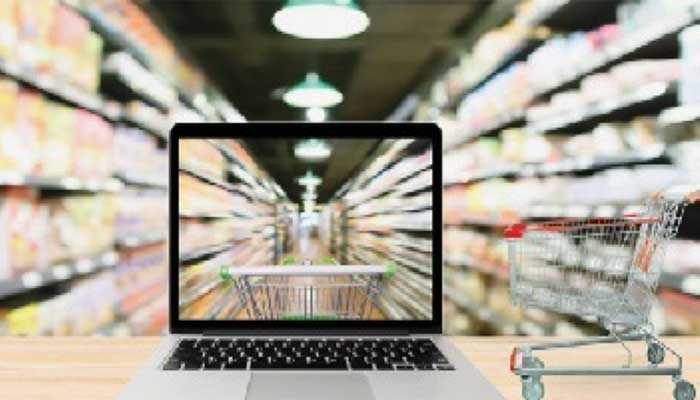Online grocery shopping is the next big boom for e-commerce. While the market is still a paltry 4.3 percent of the $641 billion total grocery market at best, retail experts say 20 percent of consumers will be filling their virtual grocery carts with everything from pastries to pork roasts by 2025. The shift in buying habits has traditional retailers stepping up their games as they race to compete with Amazon and other players in the online grocery space (Forbes).
Online Grocery Deliveries and the Last Mile
Thanks to Amazon’s acquisition of Whole Foods, customers have begun to embrace online grocery shopping like never before. By 2017, 20 percent of consumers had given it a try and 9 percent had made it at least a monthly habit. Now that sales could reach $100 billion by 2025, old-school retailers are not only launching their own e-commerce platforms, they’re also investing heavily to solve the problems that have kept many grocers from gaining traction or even attempting to compete in the space (Forbes):
-
- Kroger Ship. Through a joint venture with Ocado, a British online supermarket, Kroger Ship now offers direct-to-consumer delivery of more than 50,000 groceries, health and wellness products, and household items. The service is beta-testing in four U.S. cities with more on the horizon. Leveraging Kroger’s extensive logistics and fulfillment infrastructure, the venture also involves building automated e-commerce warehouses to support Kroger Ship mi’s future as a nationwide, seamless, e-commerce system (Supermarket News).
-
- ClickList and Delivery Partnerships. Kroger has expanded its ClickList curbside pickup service to more than 1500 stores, along with home deliveries through partnerships with Instacart and Shipt in more than 45 markets. As a result of these efforts, Kroger reported a 90 percent increase in online grocery sales in 2017 (Supermarket News).
-
- Spark Delivery Crowdsourcing. Walmart’s not sitting by idly. The company made news last year when it began allowing store associates to make last-mile deliveries for extra cash. Now, the mega-retailer has begun crowdsourcing outside drivers to manage last-mile deliveries more cost-effectively. Similar to the approach used by Amazon Flex, Walmart brokers out deliveries via a platform called Spark Delivery, which also supports drivers with navigation, apps, and other tools.
- Waymo Driverless Cars. Walmart is also piloting an online grocery delivery venture at one Arizona store using self-driving cars. Partnering with Waymo, the self-driving technology company that started out as Google’s self-driving car project, Walmart is giving shoppers a relaxing lift to the store and back to retrieve the groceries they select online.
Mastering the Online Grocery Milieu
While retailers must focus on last-mile delivery, manufacturers should become masters of the online grocery buying environment. As online grocery buying becomes popular, patterns for routine and habitual shopping will emerge to help manufacturers understand how customers behave in the digital realm. Manufacturers should also work to optimize their placement on virtual “shelf” by continually improving searchability and page ranking, monitoring customer product reviews, analyzing conversion rates, and understanding other key data (Internet Retailer).
Capstone and the Online Grocery Frontier
As consumers adapt to new and improved ways to shop for groceries online, retailers and manufacturers must be diligent to stay ahead of the pack. In the meantime, Capstone is committed to keeping shippers apprised of changes in e-commerce world as they come. Check back or subscribe to our bi-weekly blogs for the latest industry updates.

